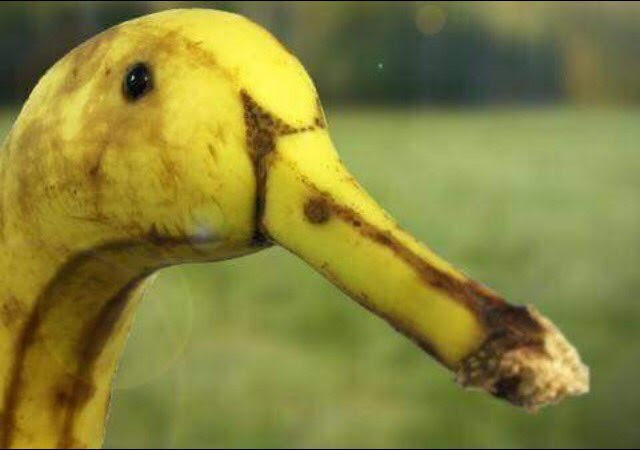
Contemporary Photography Theory: The Photographers’ Gallery
Monday evenings, 30 January – 20 March 2017
ABOUT
Recent voices of dissent within higher education have argued that photography theory has not developed its scope of subject matter or its theoretical horizons sufficiently to account for the many processes, often digital and networked, it finds itself ingrained within.
As Sharon Harper writes in ‘The World’s Most Amazing 100% Awesome Photography Theory’ (2016), for photography courses ‘credibility rests significantly with theoretical engagement, most often characterised by “critical” approaches developed by Cultural Studies and Poststructuralism in the 1970s and 1980s’. These, along with seminal texts by, among others, Susan Sontag, John Berger, Roland Barthes, and Victor Burgin, continue to form the basis of critical photography education today.
While this course will not forget photography’s canonical critical orientations, it will depart from the idea advanced by Daniel Rubinstein and Katrina Sluis in their essay ‘A Life More Photographic’ (2008) that today ‘a scholar of photography must be highly informed about industries and institutions that traditionally have had little to do with the study of photography’.
Drawing from across disciplines – from computing to media archaeology to neuropsychology (not to mention artists’ writings) – this course will reorientate attendees’ ideas concerning the production, distribution and interpretation of photographic-based imagery today, ideas, for example, concerning machinic gazes, operational images, virality, software materiality, surveillance technologies, and spam.
This course will gather the most exciting material from across disciplines to explore emerging phenomena in contemporary photography theory. Each session will begin with a contextual lecture that will establish key themes and questions for a group discussion of set texts. Expect to address the writings of, among others, Daniel Rubinstein and Katrina Sluis, Elizabeth Edwards, Jens Schröter, Louise Wolthers, Lev Manovich, Hito Steyerl, Jodi Dean, Alise Tifentale, Rob Horning, Jussi Parikka, and Esther Leslie.
OUTLINE
Week 1: Photography’s Institutions: Or, How To Teach Photography Theory and What Should a Photography Gallery or Museum Do?
By outlining a history of photography’s key theoretical texts, beginning with the ‘semiotic turn’, this session will ask how photography theory should be taught today. Too, in light of, for example, The Photographers’ Gallery’s Media Wall, or museums’ drive to digitise collections, it will consider what the contemporary function is of a photography gallery or museum.
Week 2: Post-photographic: The ‘Medium’, The Archive and The Museum
In the past two decades various commentators have characterised photography as ‘post-medium’ (Rosalind Krauss) and ‘pan-media’ (Charlotte Cotton), and have spoken of ‘post-photography’ (WJT Mitchell) and ‘expanded photography’ (George Baker). What is being proposed here? Building on ideas from the previous week, this session will also take us into the algorithmic ‘post-photographic’ archive.
Week 3: The Image Quantified and Networked: (In)attention, Arousal, Virality
As the ontology of the photographic image has shifted from analogue to digital, sign to signal, so have the possibilities for its quantification and supplementation by meta-data. How does the networked image circulate? Why are we more likely to share cat pictures rather than reportage of the important political events of our time?
Week 4: Being There: Presence Mediated by Screens and Frames
‘How the world is framed,’ art historian Anne Friedberg claims, ‘has become as important as what is in the frame’. We spend a lot of time staring at and communicating through small screens populated by images, texts and icons on devices. If photographs traditionally mediate the presence of the absent object or person, how is our sense of the the present transformed by instant and ubiquitous image-based communications? How should we rethink the frame when next-generation virtual reality headsets look set to dissolve it?
Week 5: Towards a Materiality of Interface and Software
Imagining technology – technology in general – portends a ‘natural interface’, seamless with our human bodies. This session will build upon historical texts that sought to materialise technology in order to develop critical thinking about the ways interfaces and software mediate our experience of the visible world.
Week 6: Surveillance Technologies and Practices (and the selfie)
Proceeding from the photography historian Geoffrey Batchen’s writing on Jeremy Bentham’s panopticon, this session will explore how contemporary commentators from across disciplines – computer science, sociology and philosophy – have discussed (self)surveillance in the age of networked images, algorithms and big data. How do contemporary visual artists disrupt the surveillant gaze?
Week 7: Queer Photographies (Presented by Flora Dunster)
If, as Laura Guy has written in her article ‘Queer in Practice’ , published in Source in 2014, ‘queer… disturbs the logic that binds a subject to a fixed identity’, how does one reconcile something so unstable with something as amorphous as photography? Proceeding from Guy’s article, this session will expand on this question.
Week 8: Photography and Waste in the Age of the Anthropocene
The Anthropocene was a term coined to date the epoch when human activities began to have a significant global impact of the Earth’s geology and ecosystems. How do we visualise this period? What are the hidden human and environmental costs of consuming photography today?
